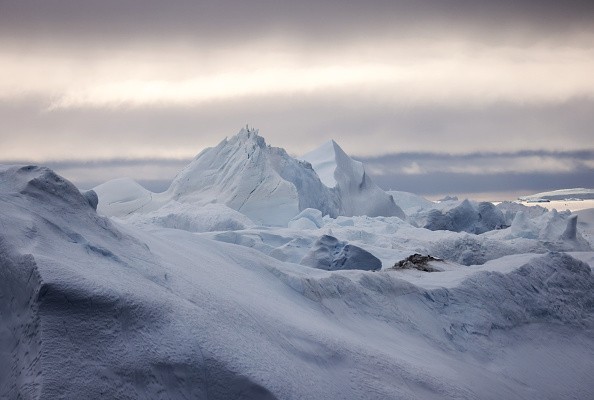The Thwaites Glacier is a large block of ice located on the Walgreen Coast of Antarctica, far from the presumably warm spot you're reading this.

Effect of Changes in the Doomsday Glacier
Researchers fear that a significant amount of ice from the world's widest glacier may be lost to the seas in the near future, according to Extreme Tech. This made Thwaites to be nicknamed the Doomsday Glacier.
Near-term changes in Doomsday Glacier might boost sea levels by up to two feet, researchers from AGU warned at a press briefing the previous week.
In spite of the Thwaites Glacier's long-term shrinking, a convenient ice shelf has kept from experiencing the full extent of the glacial melt.
50 billion tons of ice are released into the ocean by the Thwaites Glacier every year. Four percent of the yearly sea level rise may be attributed to just one factor.
Stability is deteriorating at Thwaites, according to the American Geophysical Union (AGU). One of the world's largest glaciers spans a distance of more than 80 miles (128 kilometers) (1,188 meters). A "seamount" under the ocean is weakening as the water warms.
Also Read: 'Doomsday Glacier' Almost Size of Florida Could Meet its End in 3 Years Due to Global Warming
Fear of Crumbling Glacier
Researchers are afraid that the glacier would ultimately shatter due to the presence of fissures. The Thwaites Glacier might begin to lose mass at an alarming pace if the eastern ice shelf that restricts runoff collapses.
The world might be only a few years away from this, and the consequences could be catastrophic. Even while a two-foot rise may not seem like much, the majority of coasts are inclining.
Potentially displacing millions of people in the U.S. if sea levels rise permanently like this. Asian countries are also predicted to be badly affected by the disaster.
Thwaites Glacier's collapse may be inescapable, though. According to new research, a rise in global temperatures of only 1.5 degrees Celsius might be the tipping point for catastrophic climate change.
More than 9 million Americans would be affected by coastal flooding as a result of this. That number would rise to 26 million if the world hit a temperature of 3 degrees Celsius.
What will Happen if Thwaites Glacier Collapses?
Researchers from the American Geophysical Union (AGU) made it clear that Thwaites Glacier was not the only area of concern.
There are several places of failure in Antarctica's thinning ice sheet that might lead to its collapse, but it's only one of them. This is a dreadful scenario that the world may not be able to fix
The warning that the 300-meter thick, 50-mile wide Thwaites glacier has begun to fracture apart has been received with silence by nations focused with Covid-19 and the resumption of regular politics.
Taking action to combat global warming, as promised in November, might be put on hold for another year, adding to the already perilous planet we live in.
Related Article: Antarctica's Doomsday Glacier at Risk of Collapsing, Could Permanently Change Global Coastline
For more news, updates about doomsday glaciers and similar topics don't forget to follow Nature World News!
© 2025 NatureWorldNews.com All rights reserved. Do not reproduce without permission.





